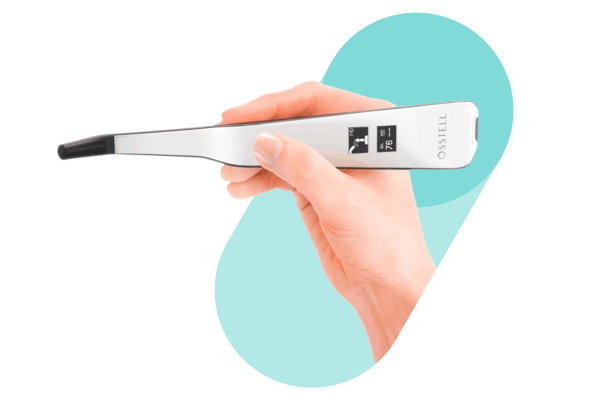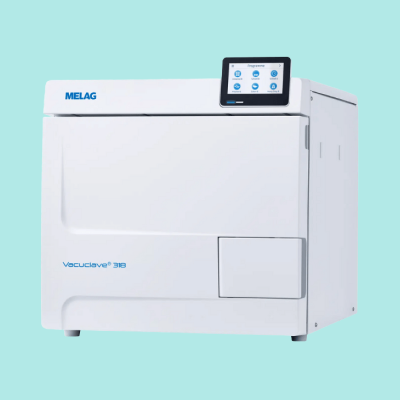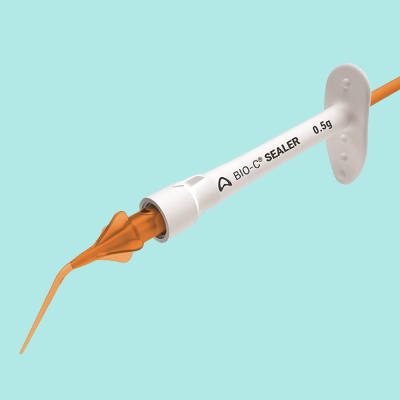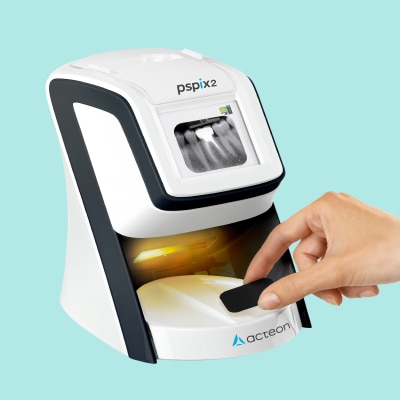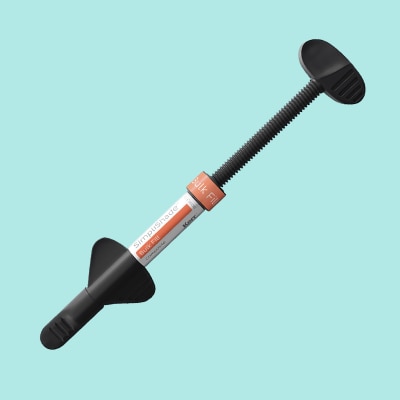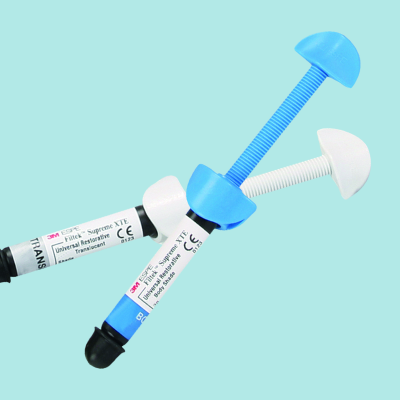Why Measuring Implant Stability is So Important
Efficient assessment and monitoring of implant stability is vital for the success and longevity of dental implant treatment. This is especially true of difficult cases involving patients who present a high risk for complications.
Measuring implant stability can be done by various methods, however RFA (Resonance Frequency Analysis) has become the predominant choice for dentists and surgeons. The Osstell Beacon from W&H uses RFA to non-invasively determine implant stability in a matter of seconds and provide several additional benefits to simplify and improve implant outcomes.
What is Implant Stability?
Implant stability relates to the stability of a dental implant in a patient's bone tissue after implementation and during the process of bone regrowth into the implant (osseointegration). The stability of the implant immediately after placement into the bone is referred to as primary stability and the stability of the implant during osteointegration and the healing process is referred to as secondary stability.
Primary stability is critical to implantation success. Insufficient primary stability, or high initial implant mobility, can lead to failure. The Osstell Beacon measures both primary and secondary stability using RFA technology based on more than 1300 scientific studies.
This ability to monitor implant stability during the osseointegration process can allow dentists to treat every patient individually and provide them the ability to move into the restorative phase of treatment only when it is clear the patient is ready.
How Does RFA Work?
Resonance Frequency Analysis involves sending magnetic pulses to a small metal rod/peg temporarily attached to the implant. As the rod vibrates, the probe reads its resonance frequency and translates it into an implant stability quotient (ISQ) value displayed on a handheld electronic device. The higher the ISQ value the higher the stability. The increase in frequency reflects increased stiffness of the bone-to-implant interface which is thought to reflect osseointegration.
Measuring devices such as the Osstell Beacon make interpreting ISQ values quicker and easier by using a handy colour code scheme. Using RFA can help identify whether further osseointegration is required before loading (the attachment of a prosthetic tooth) and identify any compromised bone tissue or other risk factors. Clinical studies have found that utilising RFA technology can help limit failure risk by providing objective data that will aid in determining surgical approach and loading protocols.
Not All Research is Equal
It may be tempting to use products that claim certain benefits, but it is always a good idea to look closely at the research available and see what this really means in context. All clinical products and technologies should offer associated research to prove tested efficacy. Consider the quality of the research. A claim that 90% of dentists love something may look impressive, but if only 10 dentists were polled then this is not a credible representation.
Some companies will have their research listed on their website, make sure it is in fact theirs and look for secondary sources that corroborate this.
Other Advantages of the Osstell Beacon
- Wireless for greater freedom of movement in your dental practice
- Shorter treatment times
- Extract data, share files and analyse results using the Connect portal
- Results that are easy to interpret using a colour scheme
- Highly suited to a digital working environment
- Delivered with a USB cable, a SmartPeg mount, a testpeg, a soft case and the Osstell Key
